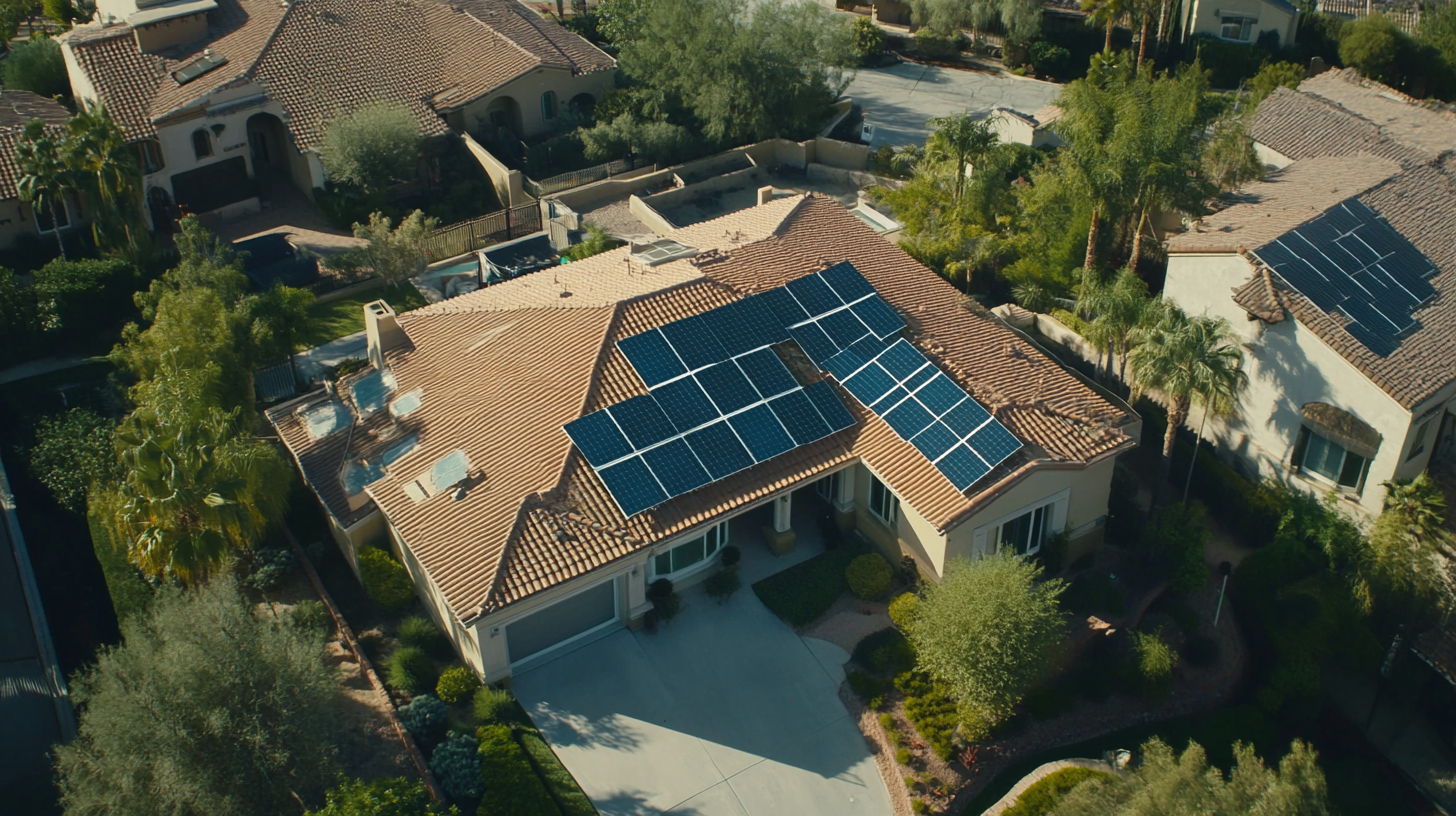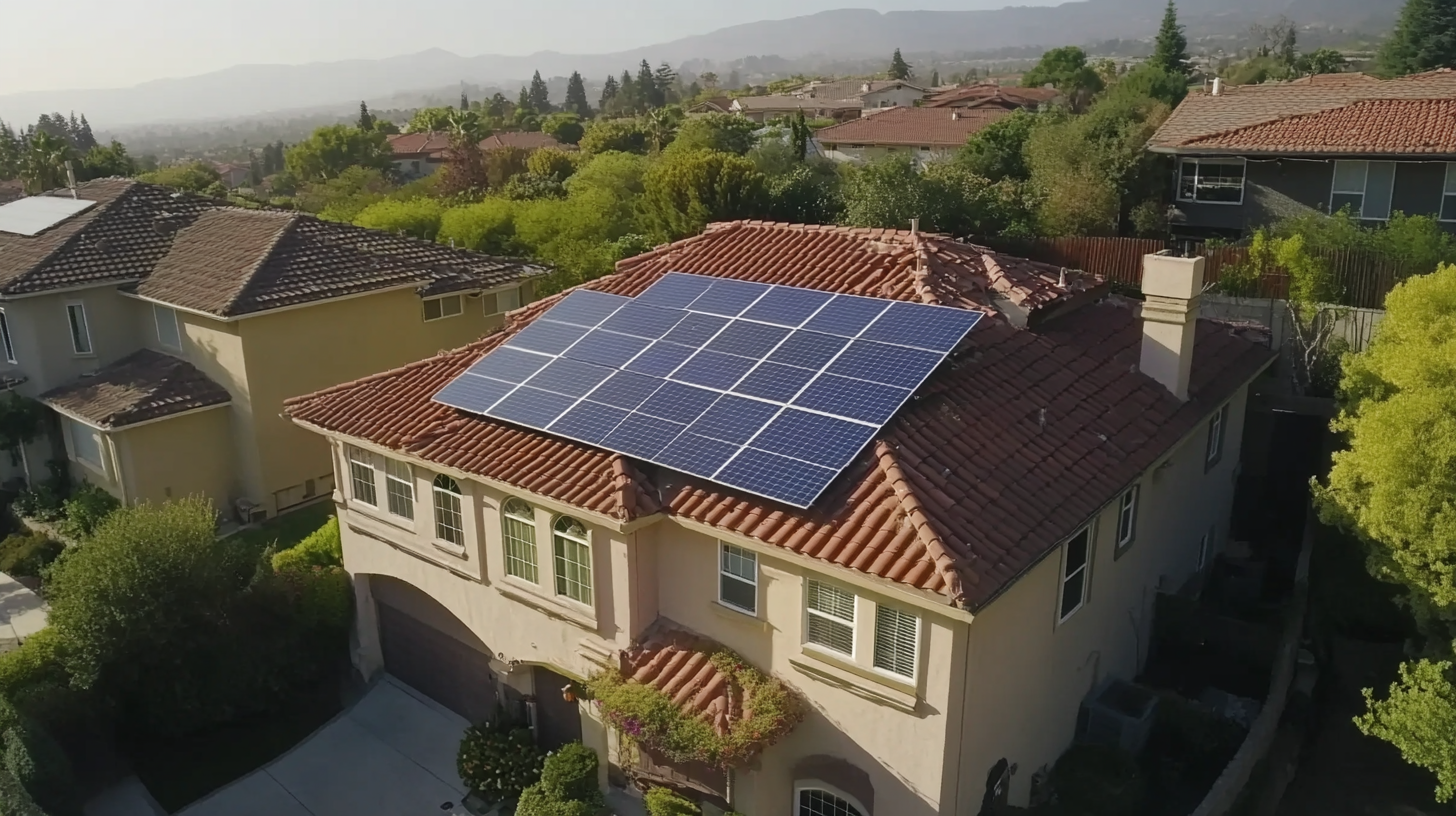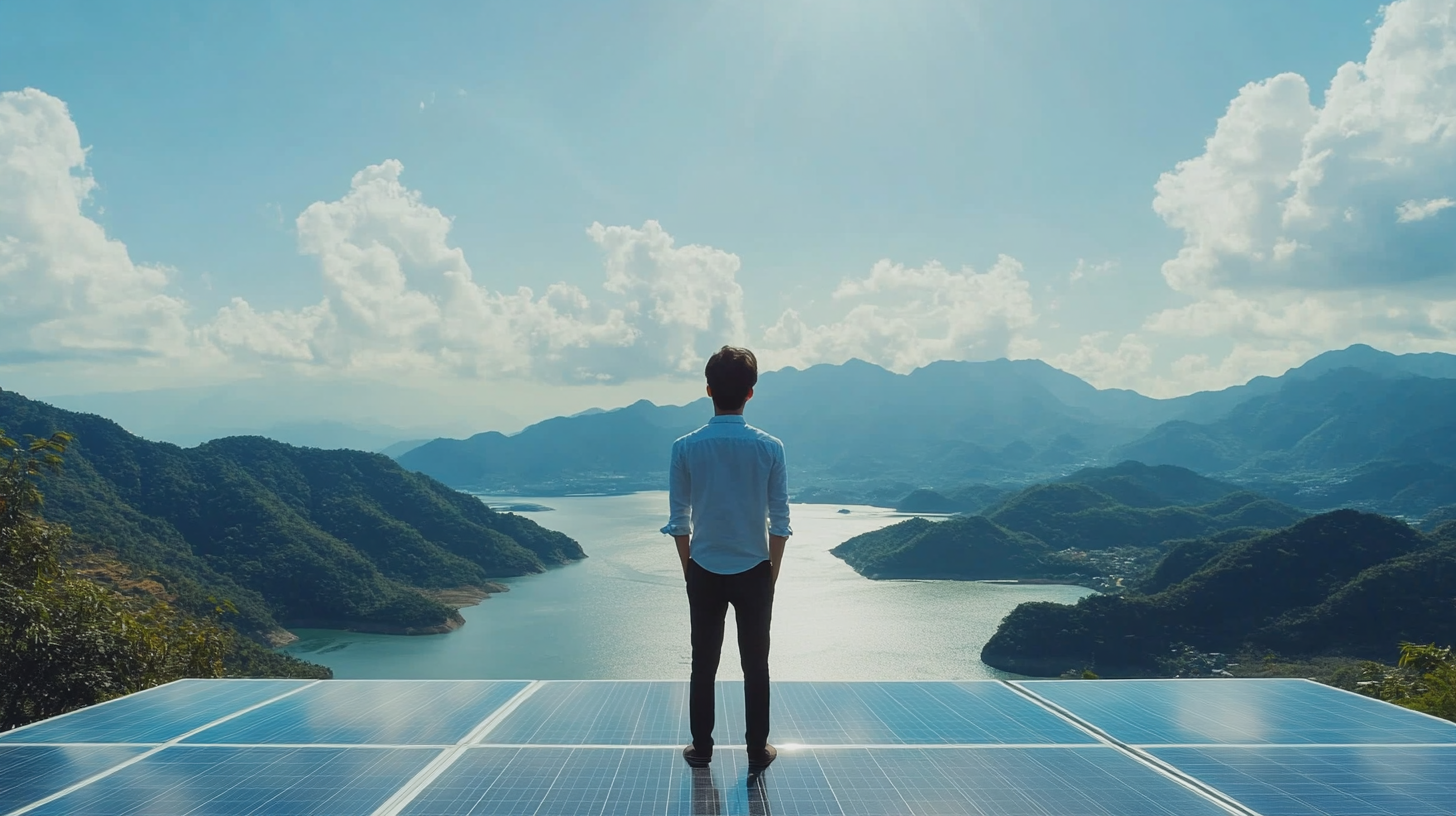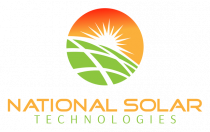Ultimate Guide to Sourcing Solar Power Energy Solutions for Global Buyers
In the era of escalating energy demands and growing environmental concerns, solar power energy has emerged as a beacon of hope for global buyers seeking sustainable solutions. As countries strive to meet their renewable energy targets, the importance of harnessing solar power energy cannot be overstated. This ultimate guide aims to equip buyers with essential insights into sourcing solar power energy solutions, covering everything from market trends to technological advancements.
Navigating the complex landscape of solar energy sourcing can be daunting, especially for those unfamiliar with the industry. However, understanding the various options available, including solar panels, inverters, and battery storage systems, is crucial for making informed decisions. By shedding light on key factors such as supplier reliability, cost considerations, and regulatory frameworks, this guide will empower buyers to successfully integrate solar power energy into their operations, paving the way for a cleaner and more sustainable future.

Understanding the Global Solar Power Market Trends and Projections for Buyers
The global solar power market has witnessed unprecedented growth in recent years, driven by increasing demand for renewable energy and advancements in solar technology. According to the International Renewable Energy Agency (IRENA), the total installed solar capacity reached over 900 gigawatts (GW) worldwide in 2020, a significant leap from merely 40 GW in 2010. This explosive growth is expected to continue, with projections indicating that solar energy could supply 20% of the world's electricity by 2040, as outlined in the Global Energy Transition report by the International Energy Agency (IEA). As buyers navigate the solar power landscape, understanding regional trends becomes crucial. In Asia, particularly in China, the solar market is booming, with over 50% of global solar capacity installed in the region. The Chinese government has implemented supportive policies to boost domestic production, leading to lower costs and competitive pricing for buyers. Meanwhile, Europe is also experiencing a renaissance in solar energy, bolstered by stringent carbon reduction targets and incentives for solar adoption, as reported in the Solar Power Europe Market Outlook. Emerging technologies and declining costs further contribute to the attractiveness of solar investments. The average price of solar photovoltaics (PV) has dropped by more than 80% since 2010, according to BloombergNEF's latest data. This trend not only makes solar energy more accessible for global buyers but also positions it as one of the most economically viable energy sources available today. Understanding these market dynamics is essential for buyers looking to make informed decisions in the ever-evolving solar landscape.

Key Factors Influencing Solar Panel Prices and Supply Chain Dynamics
The global solar energy market is experiencing dynamic shifts, influenced by various key factors impacting solar panel prices and supply chain dynamics. As the demand for renewable energy solutions surges, understanding these influences is crucial for buyers navigating this evolving landscape. One prominent factor is the geopolitical climate, particularly the manufacturing base concentrated in regions like the Xinjiang Uyghur Autonomous Region in China. This has raised concerns about ethical sourcing and supply chain resilience, driving buyers to look for alternative suppliers or more transparent sourcing practices.
Additionally, tariffs and market policies significantly impact solar module pricing. Recent reports indicate rising module prices, influenced by governmental decisions that affect domestic manufacturing and international trade. Buyers must stay informed about how these policy changes ripple through the supply chain, ultimately affecting their costs and availability of solar solutions. Moreover, the European solar market is thriving, showcasing a robust growth trajectory as nations push for carbon neutrality and a swift transition to renewable energy. This shift offers opportunities and challenges for global buyers seeking to engage with solar energy providers.
The increasing competition within global value chains adds another layer of complexity. As countries prioritize clean energy supply chains, stakeholders must assess which segments offer the most promising growth opportunities. Buyers are encouraged to adopt strategic sourcing practices and consider regional advantages, particularly as supply chain dynamics continue to evolve. Understanding these factors will empower global buyers to make informed decisions and capitalize on the burgeoning solar market.

Evaluating Different Types of Solar Energy Solutions: Pros and Cons
When considering the various types of solar energy solutions, it's crucial for global buyers to evaluate their distinct advantages and disadvantages. Solar energy can primarily be categorized into photovoltaic (PV) systems, concentrated solar power (CSP), and solar thermal systems, each serving different applications and markets.
Photovoltaic systems, which convert sunlight directly into electricity using solar panels, are the most common type. The International Renewable Energy Agency (IRENA) reported that global solar PV capacity reached 850 gigawatts (GW) by the end of 2020, emphasizing its popularity. The major advantages of PV include scalability, as they can be installed in small residential setups or large utility-scale projects, and relatively low maintenance costs. However, availability of sunlight and energy storage limitations can be significant downsides, potentially affecting energy reliability, especially in regions with less sunlight.
Concentrated Solar Power (CSP) utilizes mirrors or lenses to focus sunlight onto a small area, generating heat used to produce electricity. CSP is particularly effective in sunny regions, with the U.S. Department of Energy noting that plants can achieve efficiency levels above 20%. While CSP can provide storage capabilities through thermal energy storage systems, greenhouse gas emissions during construction and higher initial capital costs pose challenges for widespread adoption.
Solar thermal systems, on the other hand, utilize sunlight to produce heat for residential heating or hot water. According to the Solar Energy Industries Association (SEIA), this technology has a lower carbon footprint during installation and operation, making it environmentally attractive. However, performance is dependent on geographic conditions and may require supplementary energy sources in cloudy climates, limiting its effectiveness in some regions.
Ultimately, understanding these pros and cons is essential for global buyers seeking to implement effective solar solutions that align with their energy needs and sustainability goals.

Best Practices for Sourcing Solar Energy Equipment from Reliable Suppliers
As global demand for renewable energy surges, sourcing solar energy equipment has become paramount for businesses looking to ensure sustainability and cost-effectiveness. Best practices in this realm start with identifying reliable suppliers who can provide high-efficiency products that adhere to the latest industry standards. According to a recent analysis by CNET, the best rooftop solar panels in 2025 not only offer impressive efficiency ratings but also come with robust warranties, indicating durability and a commitment to quality. Thus, buyers should prioritize suppliers who can offer comprehensive warranties alongside high-efficiency products.
Furthermore, the fluctuating landscape of energy storage solutions is crucial for those looking to integrate solar power effectively. A 2024 update on utility-scale energy storage procurements revealed a positive trend toward declining prices and a return to reliable supply after earlier disruptions. This evolution highlights the importance of sourcing energy storage systems from vendors with proven track records in resilience to market volatility. Companies must leverage industry reports and updates to stay informed about the latest shifts in pricing and availability to ensure their sourcing strategies are well-informed and adaptable.
Lastly, as companies increasingly seek sustainable sourcing, they must navigate the challenges posed by the scarcity of materials like green steel and recycled plastic. Leading organizations focus on establishing strong partnerships with suppliers who not only meet their immediate needs but also align with long-term sustainability goals. By integrating these best practices into their sourcing strategies, businesses can contribute to a more sustainable future while securing reliable and efficient solar energy solutions.
Navigating Regulations and Incentives for International Solar Energy Projects
When embarking on international solar energy projects, understanding the regulatory landscape is crucial for global buyers. Different countries have unique frameworks governing solar power, including regulations on installation, grid connection, and safety standards. Familiarizing yourself with these regulations ensures compliance and minimizes potential legal hurdles. For instance, some regions may require specific permits or approvals before installation, while others may have streamlined processes aimed at promoting renewable energy adoption.
In addition to regulations, buyers should explore the various incentives available to encourage solar investments. Financial incentives such as tax credits, rebates, and grants can significantly reduce upfront costs and improve project viability. Countries like Germany and the United States offer robust incentive programs that can attract international solar developers. Understanding the eligibility criteria and application processes for these incentives can enhance your project's financial feasibility.
Moreover, staying informed about international trade policies and agreements is essential. Tariffs on solar equipment can affect project budgets, making it vital for buyers to factor in these costs when sourcing components. By thoroughly navigating regulations and incentives, global buyers can effectively position their solar energy projects for success and contribute to a sustainable energy future.


